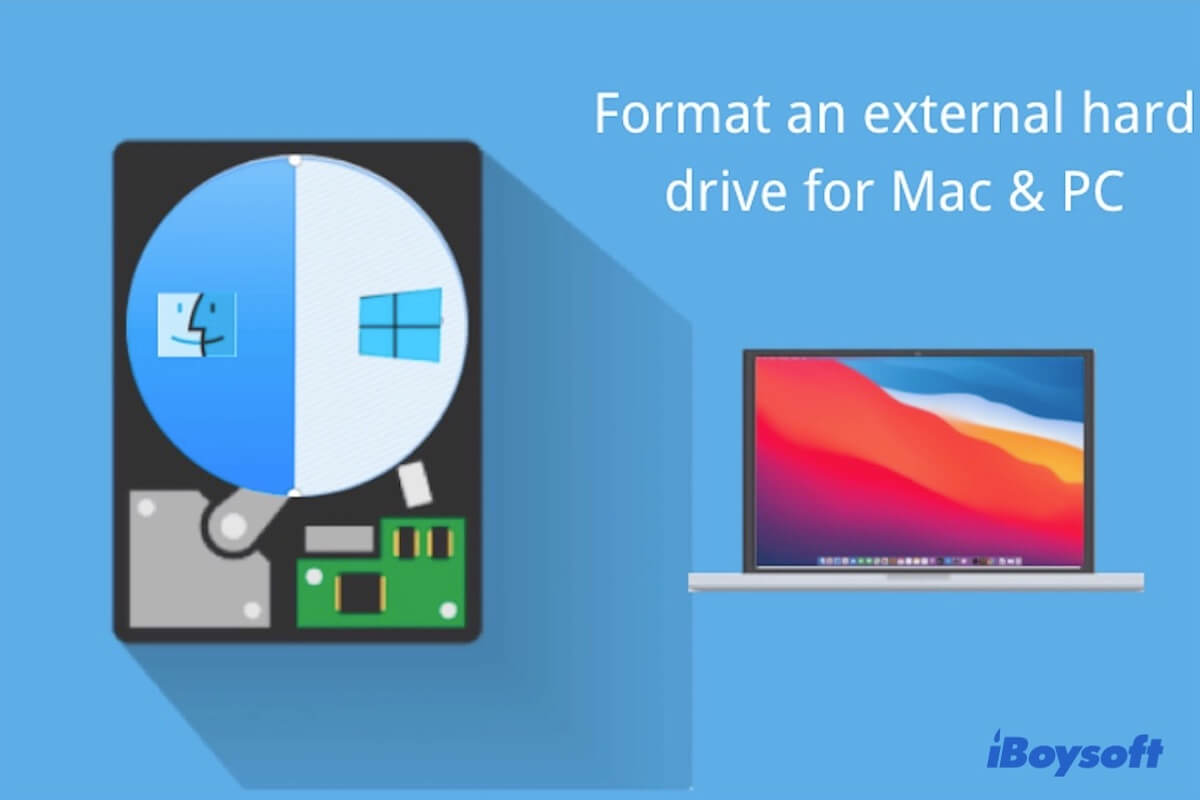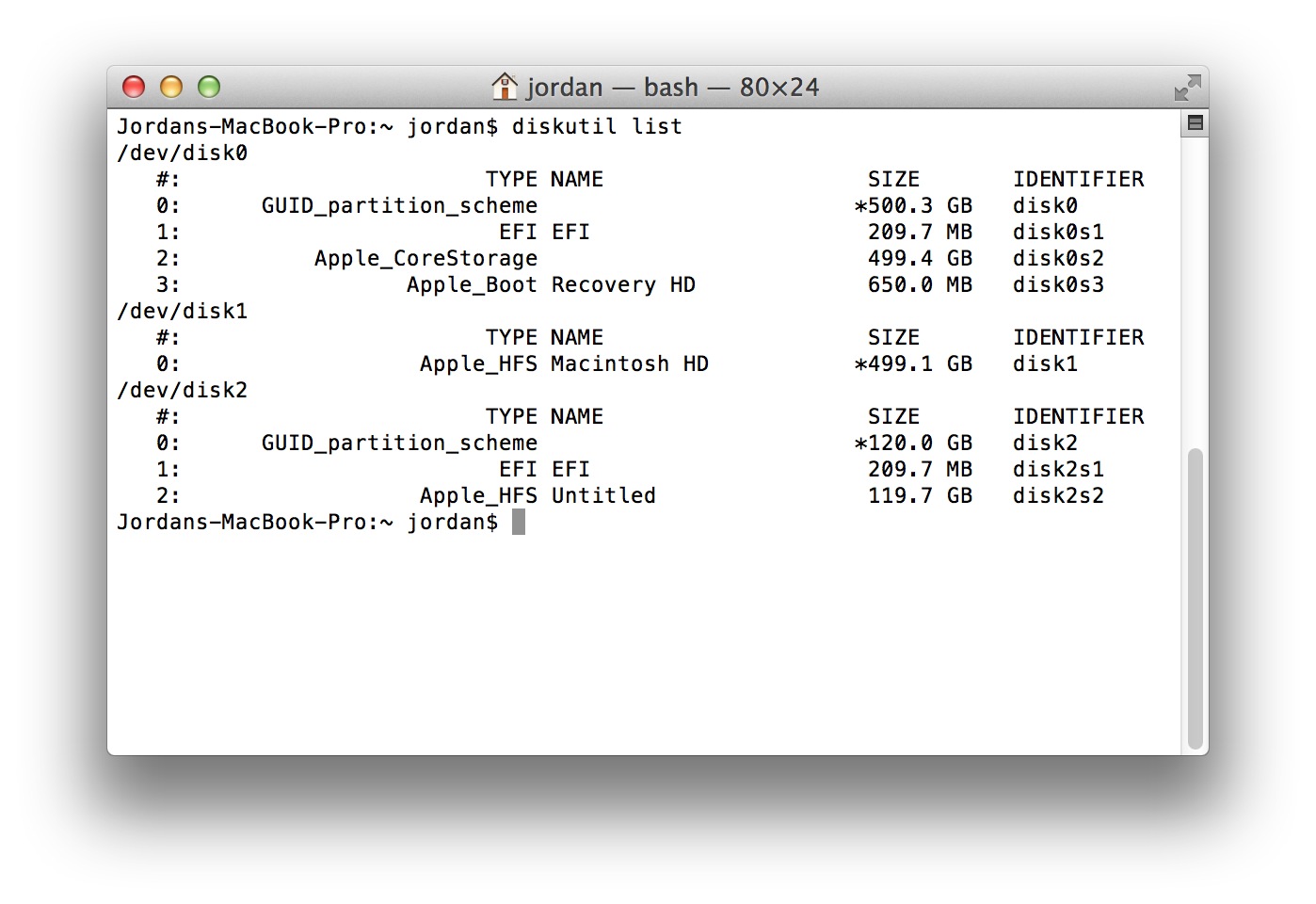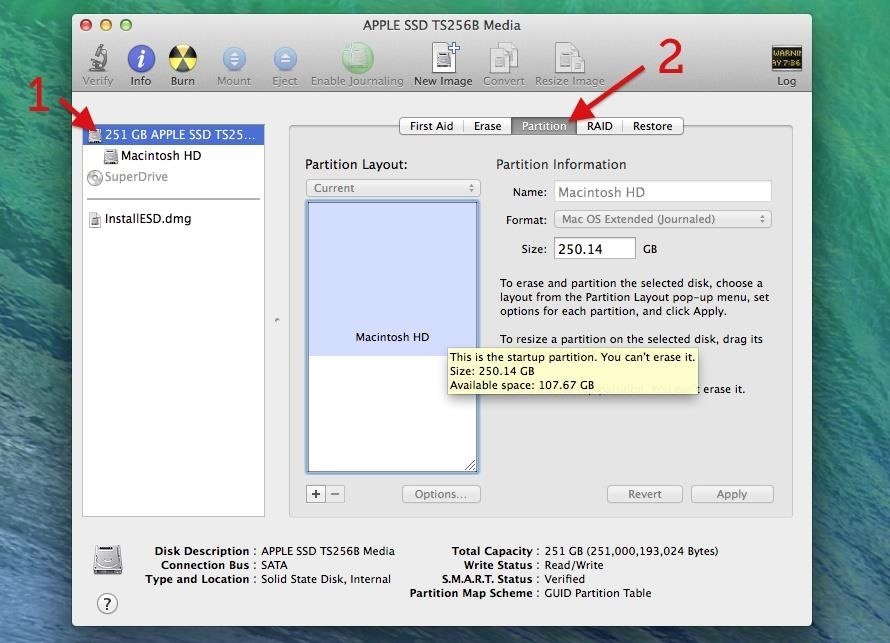

You can do the same process in reverse if you need to copy the files back over, or restore the backup should your computer decide to break. Any settings you change or files you save there won’t be reflected on your primary installation. You can use your Mac as normal, but keep in mind that it’s separate from the installation on your main internal hard drive. This brings up the boot switcher and lets you boot from the external hard drive. This can take fairly long, depending on the speed of your external drive and its connection to your Mac, so it’s best to have a fast hard drive with Thunderbolt, USB-C, or USB 3.0 connections.Īnd that’s it! When Disk Utility is done, you can shut down your Mac and hold down Option when booting it back up. You can also choose an ISO image, but that doesn’t have much use here.Ĭlick “Restore,” and Disk Utility will start the copying process. Select your external drive in the sidebar, click “Restore” in the menu, and then select your main drive as the “Restore From” option. On PCs, this usually involves pressing a button such as Esc or F12 immediately after.

If you used the 'USB Drive' install mode: After rebooting, boot from the USB drive. If your USB drive doesnt show up, reformat it as FAT32.

But, if you choose your external drive as the restore target, you can flip that action around and copy files from your main drive to the backup. Select an ISO file or a distribution to download, select a target drive (USB Drive or Hard Disk), then reboot once done.


 0 kommentar(er)
0 kommentar(er)
